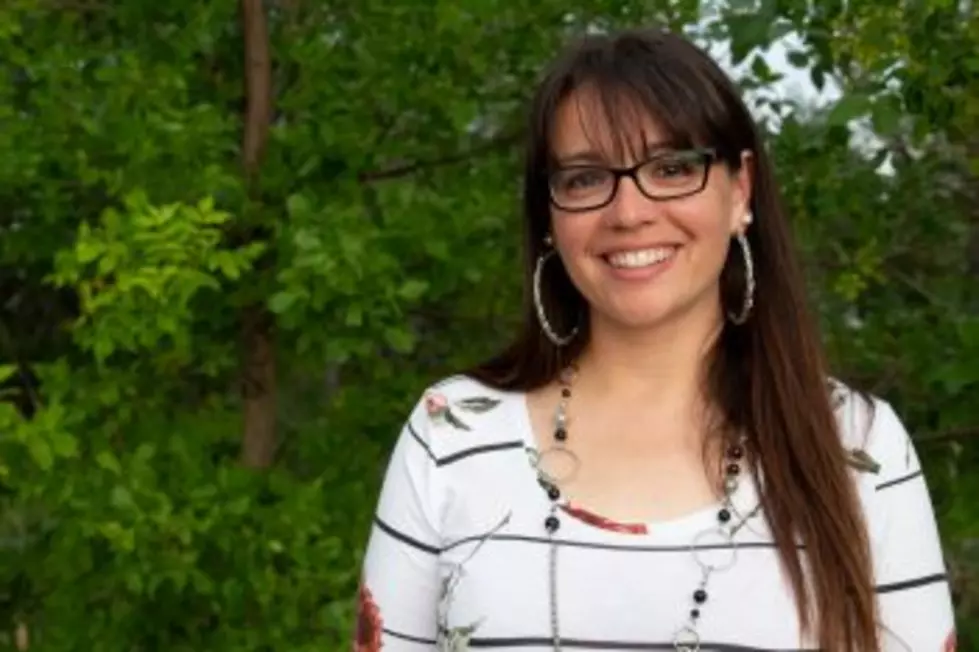
Viewpoint: U.S., Montana must do more for Indigenous health care access
“Getting back to normal.” I’ve heard this phrase so many times during the pandemic that I’m not even sure what it means anymore, especially for Montanans whose “normal” wasn’t all that great to begin with. COVID-19 exposed serious issues in our healthcare system.
Despite dedicated, brave, and unflappable doctors, nurses, and other health care professionals leaving it all on the field to support Montanans, the barriers that exist due to centuries of discrimination against Native people at the hands of government and private sector actors left Indigenous Montanans in a much worse than “normal” position after the worst of the pandemic was over.
The life expectancy of Native people is 20 years shorter than the national average. This is due in large part to inadequate access to care for treatable illnesses like cancer and diabetes. The complete dearth of mental health assistance both on reservations and in more urban areas has led to a 139% increase in completed suicides amongst Native women. Despite its obligation to provide health care to Native people, the Federal government has failed repeatedly to adequately fund services for Tribal members.
Indian Health Services – the federal program responsible for providing care to Native people in Montana, doesn’t even have facilities in Montana’s cities, despite 56% of Montana’s native population living in those areas. The IHS receives a set amount of money each year to take care of 2.2 million native people. In 2013, IHS spending for patient health services was $2,849 a person, compared to $7,717 for health care spending per person nationally. That’s a disparity of nearly 270%. Imagine how much healthier Native people would be if our care was 2.7 times better than it currently is?
While the pandemic exposed the stark realities of systemic inequalities in our health care system, those inequities existed long before the virus took hold on reservations. Indigenous communities regularly experience excessive wait times, rejected hospital admission, denial of access to services, underestimation of symptom severity, and limited resources; and Indigenous people are regularly affected by chronic disease at higher rates than white people.
Beyond race, discrimination against mental health and substance abuse patients also remains common. Insurance companies and hospitals have been active or at the very least complacent in allowing discrimination to continue in the healthcare system.
It is time to prioritize policies that eliminate racial disparities and all forms of discrimination in health care. It is time to protect ALL Montanans and ensure that no one goes without quality, affordable, health care. Let’s start by permanently expanding Medicaid in Montana and fully funding Indian Health Services at the Federal level.
